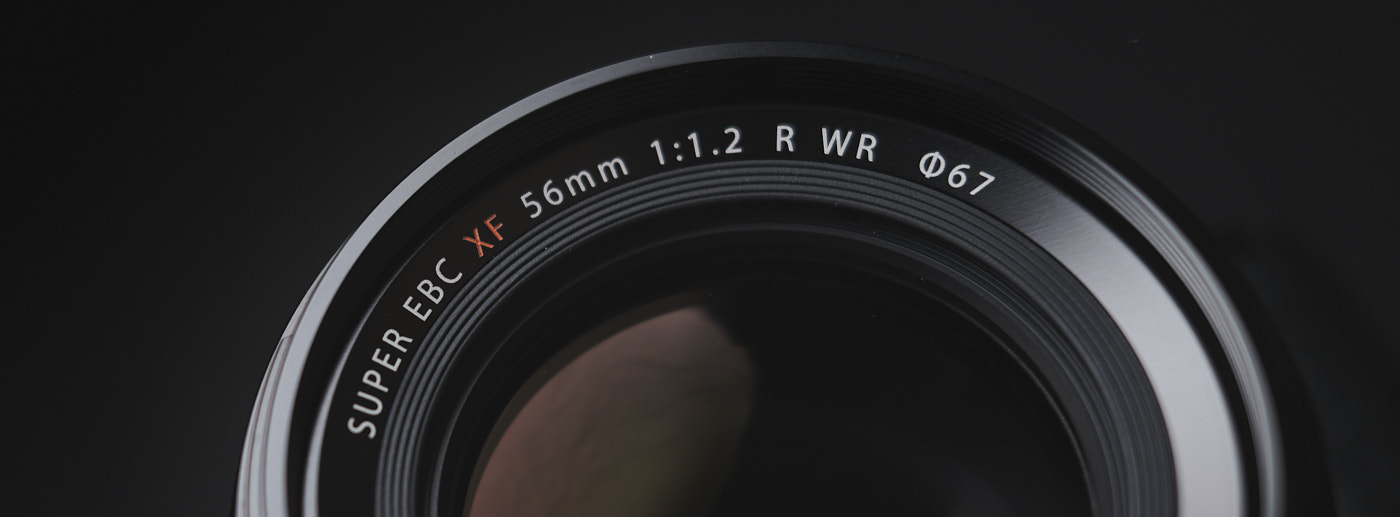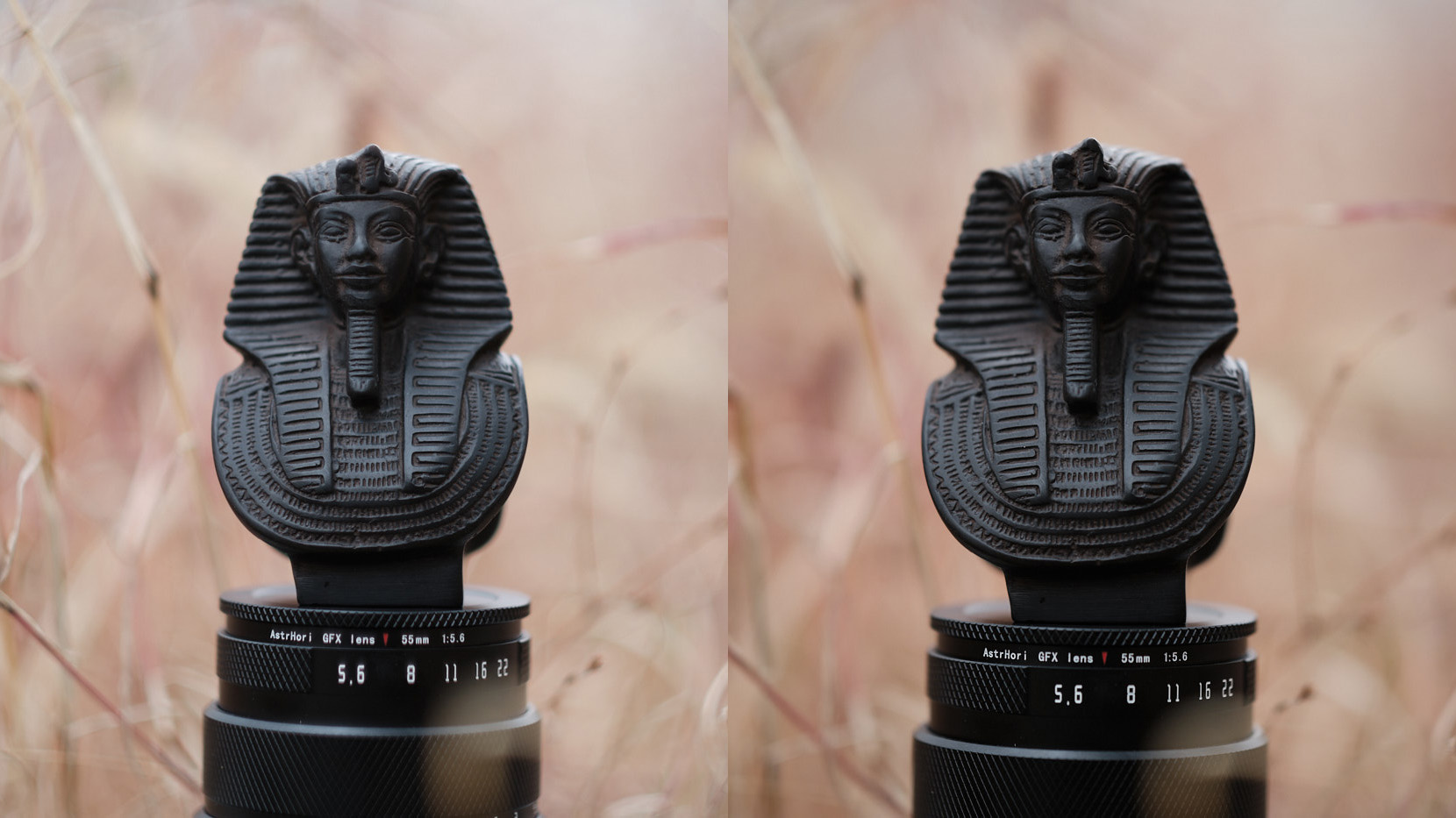Fujifilm has been dropping updated lenses left, right, and centre over the past year. The 18mm, 23mm, and 33mm have all received significant refreshes or quasi-replacements. The 56mm was the last lens in the early set that still hadn’t received an upgrade. But that wait is now over.
The previous lenses in this refresh have brought with them linear motors, optics trending towards ‘perfection’, and physical designs that perhaps look more at home on the newer X-H bodies than the retro-styled X-Pro bodies. So, what does the latest addition, the XF56mmF1.2 R, WR bring to the table?
On paper, the new lens is slightly larger and heavier, has the WR denomination, contains a new optical formula and has a new autofocus motor (albeit still a DC coreless type). While this is a much more significant upgrade than the XF10-24mmF4 refresh, it could be hard to decide if this lens is a worthy upgrade without actually using it for yourself. So, in this article, I hope that I can give you my perspective on the lens after owning it for a month and using it on just over 30 jobs during that time.
Weather resistant
I’ve said it before and I’ll say it again, for me, this is just a peace-of-mind upgrade. It’s there and it does what it says on the box. I’ve never babied any of my lenses and, in fact, my original XF56mmF1.2 fell into a river with my X-T1 on my very first day out with it. Fujifilm checked it over for me and said there were no issues at all. I’m not advocating dropping your lenses into flowing water but I’ve been okay so far!
The worst part about that story? I didn’t even get a decent image.

My first image with the new XF56mmF1.2 R WR, though, was something I appreciate much more! It focuses so close! // X-T4 + XF56mmF1.2 R WR (1/1250, f/1.2, ISO 160)
Autofocus
Here’s where things get tricky. We’ve still got a DC coreless motor in this lens. For those who don’t like the clunkiness and noise of DC coreless motors, that’s still there. However, it is much quieter and less aggressive in its clunks. In fact, the noises it makes almost sound like a slightly noisy linear motor. The sound is more of a zip than a clunk. How does it perform, though? Well, I’ve found it to be a mixed bag.
In AF-S, which we’ll likely use most frequently in portrait photography, it certainly feels more confident. It seems to hit its mark with less hesitation and hunting. I can’t really say whether it’s a significant improvement but I have felt that its behaviour is more like that of a linear or stepping motor lens when used in AF-S. You can see some examples of this in action in my latest video on YouTube.
The main thing that I have felt is a big upgrade to the autofocus, though, has been the accuracy at longer focus distances and in difficult light. When my subject was small in the frame with the original XF56mmF1.2, I found myself making a lot of frames and often stopping down to f/2 or f/2.8 just to make sure that I got something in focus. With the new lens, it just hits. Every. Single. Time. This is such a boon for couple sessions or corporate events as I’m often shooting with a wider scene in mind. Having the confidence to know that my subject will be in focus, even wide open, means that shooting in low light is much easier now.

Autofocusing in backlight with very small subjects like this is far more reliable than with the old lens. // X-T4 + XF 56mmF1.2 R WR (1/1600, f/1.2, ISO 160)
As for AF-C, I have felt another small improvement in some ways. The lens seems to track slowly moving subjects much more effectively, and I’ve been able to get couples and families in focus at f/1.2 while they’re walking slowly towards the camera. This is not just one or two, but every single frame in focus. Fast-moving subjects are still tough for this lens, though. For anything more than a casual walk, the hit-rate for me has dropped to almost zero. That’s where the linear motor lenses still truly excel.
The caveat to all this is that I’ve been testing on my X-T3 and X-T4. I don’t have an X-H2 or X-T5 to test with, but I do hope that the improvements will be larger on those cameras with their new processors and firmware. Hopefully, I’ll be able to report back on those soon!
Sharpness
The original lens was sharp enough for most of the work I used it for. Especially from f/1.4 onwards when the contrast got better, it was a really good lens. The new lens, on the other hand, is excellent at all apertures. Right from f/1.2, contrast is high and there’s plenty of detail all the way across the frame. This is no small difference, as you can see below.
As with all lenses, how much this level of detail really matters to you will depend highly on the type of photography you do and how much you demand of your lenses. Personally, I always love to be able to deliver a sharper and cleaner file to my clients, so this was one of the primary reasons I decided to invest in the new lens.
Bokeh
Bokeh is a highly subjective thing to evaluate. For some people, the jittery or swirly effect provided by certain lens designs is desirable in their work. For others, extremely smooth and aberration-free is the preferred rendering. The XF56mmF1.2 R WR definitely falls strongly towards the latter. Bokeh is clean and very smooth.
The old 56mm lens produced beautiful results, but from time to time, the chromatic aberrations in the lens became present in the bokeh and I found it distracting in certain images. As someone who loves to shoot backlit scenes where the light is broken up by foliage or other obstructions, I often found purple and green fringing in the out-of-focus areas of my image. The lack of these in the new XF56mmF1.2 was an added bonus that I discovered while using the lens.

Bokeh sample. // XT-4 + XF56mmF1.2 R WR (1/3200, f/1.2, ISO 160)
Flare
Wide aperture primes like this one do usually have some flare and ghosting present. At times it can be beautiful and add mood to an image but sometimes it can become an issue.
I have found that the new 56mm tends to flare in a much more controlled manner than the old lens. With the old lens, at certain angles, flare would very quickly take over the entire frame and cause a huge loss in contrast as well as large ghosts across the image. The new lens handles these a lot better and takes quite a bit more light off angle before it flares significantly. This is a big improvement in my eyes.

Flare used for effect without overpowering the image. // X-T4 + XF56mmF1.2 R WR (1/1250, f/1.2, ISO 160)
In conclusion
So, was this lens worth the upgrade? For me, absolutely. The small improvements in autofocus (especially in its reliability), the better image quality and the smoother bokeh have made this an excellent investment for me. Let me know in the comments below if this lens looks like it might be worth the upgrade/investment for you or if you’d prefer the older lens. I’d love to hear your thoughts.





















